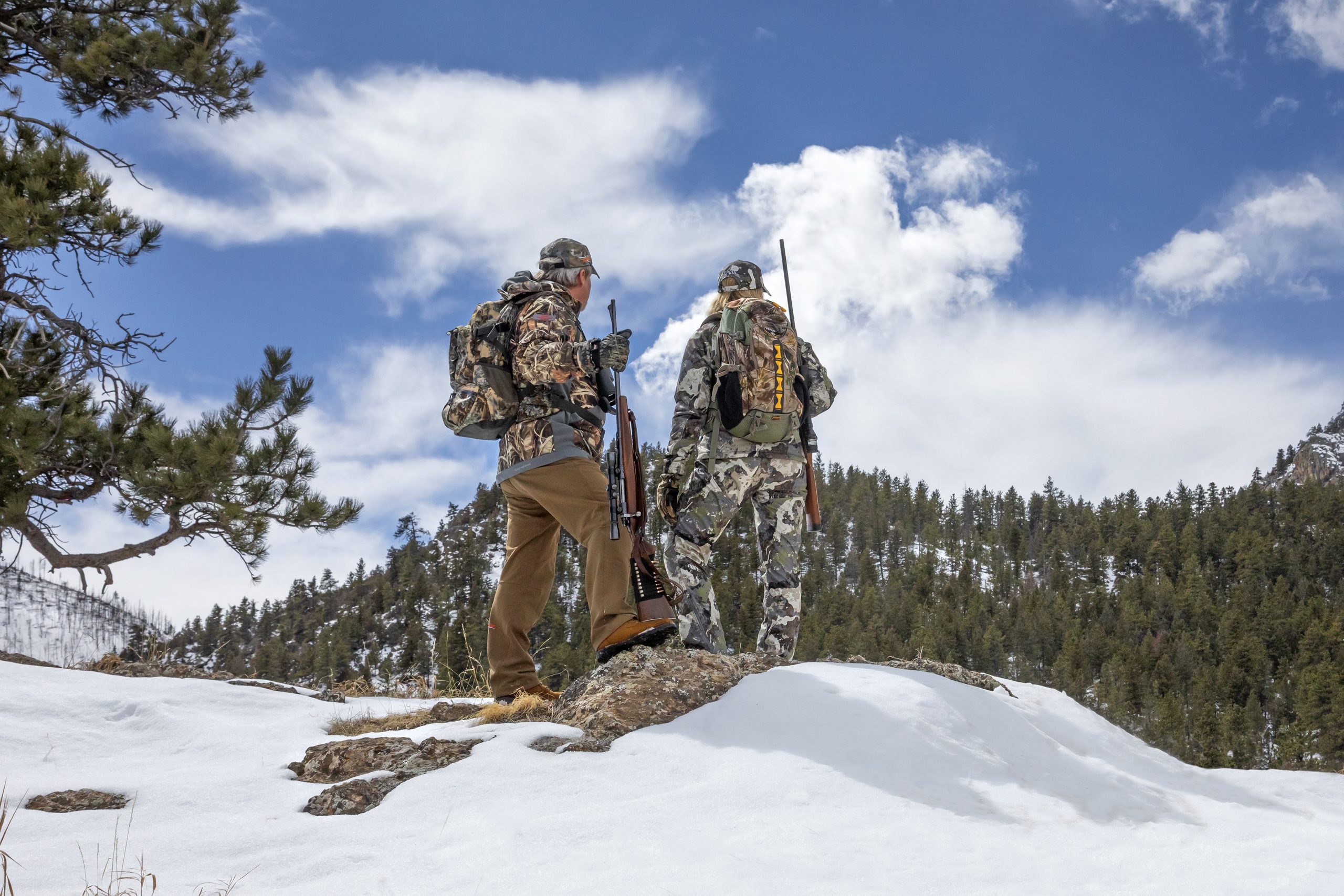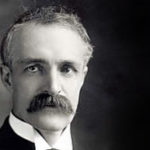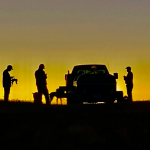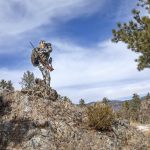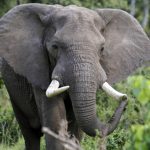New research proves that spending time outdoors improves our physical and mental health.
Photo above by Vic Schendel
August 4, 2020, marked a momentous conservation occasion in the United States. On that day the White House officially signaled that the long-pursued Great American Outdoors Act was, indeed, a reality, and the legislation passed into law on August 9. Representing one of the more significant environmental investments in recent decades, this Act restores an impressive and permanent $900 million a year to the 1965 Land and Water Conservation Fund, while allocating an additional $9.5 billion over the next five years to support badly needed maintenance projects for the country’s national parks. This legislation, supported by political elites and public entities on both sides of the proverbial aisle, represents a landmark decision for American citizens and the country itself. Perhaps it also signals what truly matters to the heart of the nation, emerging, as it did, in the caustic hurricane of contemporary American politics.
For those in the conservation community, the value of maintaining public lands and our access to them cannot be overstated. Hunters are a vital component of this community and embody a conservation ethic founded on the belief that wildlife is a public trust. But for this to be true, hunters and everyone else must be able to access and utilize wild spaces where animals can survive and thrive. Whether we hunt, fish, forage or simply hike, we need our public lands; they are the legacy of every citizen, a true inheritance for future generations; and a vital necessity for that great majority who cannot own expansive lands of their own.
Indeed, public lands in the United States are a relatively scarce commodity. The majority of American lands–60 percent–are privately owned, and in some states the figure is over 90 percent. For many outdoor enthusiasts, finding a place to pursue nature engagements can be a difficult challenge, and this can be especially true for hunters. Each year hunters are forced to navigate a complex system of private land ownership; a patchwork of geography and opinion where attitudes towards hunting can vary widely and where access to even adjacent public lands may be effectively denied.
But there is an even larger importance residing here. While we understand the value of public lands in terms of pursuing what we love, the wider benefits associated with maintaining our public lands and access to them are not as obvious as they might or should be. As humans, we are fundamentally designed to be in nature. In this context, accessing wild spaces is, in fact, a journey home.
Certainly, there is something inside all of us that yearns for the beauty of the natural world; a longing that is fulfilled only by nature’s rhythms. We know the feeling of peace, unity, and wonder that washes over us as we crunch through forest trails, brush against dew-covered grasses, or smell the fresh earth rising beneath our every footfall. As we embrace the stillness of a forested wonderland, broken only by the melody of songbirds greeting the morning sun, something inside of us awakens. When we crest the mountain ridge we do indeed rise to new heights—of awareness and freedom. There is joy to be gathered everywhere when we journey afield.
While hunters have always understood these connections at some visceral level, it is only recently that these truths are being confirmed by medical researchers around the globe. Indeed, multiple studies reveal that being in nature can deliver a myriad of health benefits. This nature remedy can lower stress levels, reduce and prevent depression, improve physical health, and even enhance positive character traits, including empathy and generosity. Can anyone doubt that our lives and world could use a little more of these? Indeed, numerous breakthrough studies are revealing what hunters have long known know to be true: humans need nature – it’s in our DNA. And this connection has never been more important than it is now.
Stress, anxiety, and depression have been on the rise in many countries, – particularly in younger people, – for the last couple of decades. In the United States, between 2007 and 2012, anxiety disorders in teens and children increased by a startling 20 percent. According to the National Institute of Mental Health, one out of three young people between the ages of thirteen and eighteen are expected to experience an anxiety disorder. Meanwhile, roughly one third of Americans show signs of anxiety and clinical depression, according to the US Census Bureau. Even more disturbing, research presented in 2017 at the Pediatric Academic Societies Meeting revealed that the number of young people admitted to hospitals on account of self-harm or suicidal thoughts had doubled over the preceding decade.
These issues are now compounded by the COVID-19 pandemic. Mental conditions are being amplified in the current environment, and those affected by the virus– both the patients and their families– are said to be at high risk of developing anxiety and depression.
Researchers looking at these overall trends have been unable to determine what exactly is behind them. They have yet to discover the definitive causal relationships. That said, a number of theories are gaining significant traction, many of which relate to the manner in which young people are engaging with the world around them. Their principal access is no longer through experiences in small groups and in natural settings. Overwhelmingly, it is through the channels of technology, opening up a far different world of experiences, possibilities, and risks.
Social media has connected people to a world where they are constantly aware of their peers’ successes. Meanwhile, by engaging in social media, individuals are, at the same time, constantly broadcasting requests for attention; requests that may be applauded, ignored, or even attacked. The psychological consequences can be devastating. Before social media, if you were being bullied at school, you at least knew you could escape that bully when you went home at the end of the day. In our current, interconnected world, there is no longer any escape. Technology has taken us prisoner in a cage of our own making.
Likewise, the many woes of the world are now livestreamed constantly into our homes and most of what appears in the media, unfortunately, only highlights the most negative aspects of humanity. This is a dark lens through which new generations can only see the world for the terror it may hold, and not for the beauty and compassion it also maintains. Underlining all of this is the fact that, increasingly, we are becoming a society that is constantly plugged in, hypnotized by our computers and our phones. All of this disconnects us from the natural beings we truly are.
Not surprisingly, many researchers are now pointing to an overall link between the rise in mental disorders and the use of social technologies; and with society’s disconnection from nature more generally. In fact, a recent study found that people living in urban settings have a 40 percent higher risk of experiencing mood disorders, and a 20 percent higher risk of experiencing anxiety disorders, when compared to people who live closer to nature.
A study conducted in 2015 compared the brain activity of individuals after they had walked for a 90-minute period in either an urban or a natural setting. Findings revealed that those who had walked in a natural setting demonstrated lower activity in the section of the brain typically associated with a fixation on negative thoughts. Another study on children with Attention Deficit Hyperactivity Disorder (ADHD), found that children who spent time in nature were able to effectively increase their attention span.
Utilizing these insights, medical doctors are going so far as to prescribe time in nature to help cure people of the mental and emotional issues they may face. This growing field, known as ecotherapy, involves incorporating regular time outdoors to serve as therapeutic sessions in relieving a variety of medical ailments. It seems clear that even though our societies have become increasingly industrialized and our lives more urban, we, as a species, were fundamentally stitched together in a natural world and our bodies and minds remember and quietly long for this connection.
While many of these findings may not seem particularly surprising to hunters, having evidence-based research supporting the therapeutic effect of nature is of profound importance and presents an extraordinary opportunity. The hunting community should not only embrace these findings, but work as ambassadors to communicate them. The insights emerging today have the potential to serve as a rallying point around which a larger community of citizens may stand for something that is critically important to hunters: access to the wild beauty, the sustainable wild food provisioning, and restorative power our public lands.
The signing of the Great American Outdoors Act is a win for all citizens and a testament to what can be achieved through popular and political will. We must never stop fighting to protect our public lands. Our health and well-being rely on it.
On good days, we believe we can win this fight. The signing of the Great American Outdoors Act was more than just a good day, for hunters. It was a great day, for us all.

